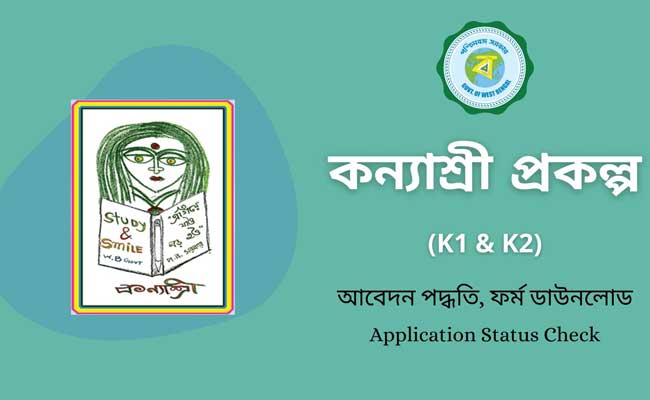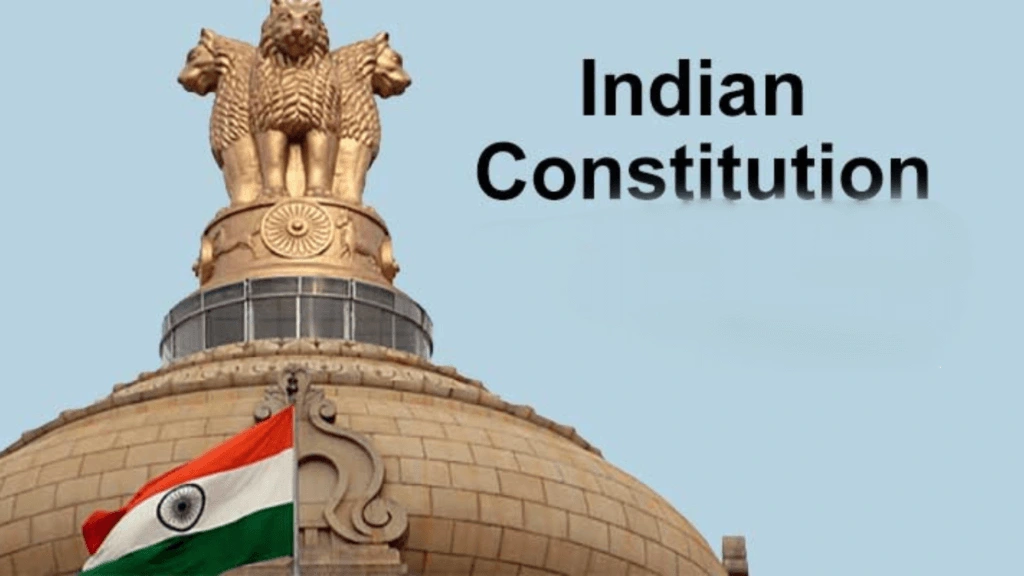Kanyashree Prakalpa: Empowering Girls in West Bengal
In recent years, the Indian government has made significant efforts towards gender equality and empowerment of women. One such initiative is the Kanyashree Prakalpa program, launched in West Bengal in 2013. The program aims to promote education, prevent child marriage, and improve the overall well-being of adolescent girls in the state. The program has been hailed as a success story for its impact on the lives of young girls in West Bengal.
The Need for Kanyashree Prakalpa
West Bengal has a high percentage of adolescent girls who are vulnerable to early marriage, low levels of education, and poverty. According to the National Family Health Survey, almost 40% of girls in West Bengal marry before the age of 18. Child marriage often results in early dropouts from school and a lack of opportunities for girls to pursue higher education and careers. This perpetuates the cycle of poverty and gender inequality.
The Kanyashree Prakalpa program was launched to address these issues and empower adolescent girls in West Bengal. The program provides financial assistance to girls between the ages of 13 and 18, who come from families with an annual income below Rs. 1.2 lakh. The program has two components: K1 and K2.
K1 Component: Incentivizing Education
The K1 component aims to encourage girls to continue their education and prevent them from dropping out of school. The program provides an annual scholarship of Rs. 750 to girls studying in class 8 to 10. To receive the scholarship, the girl must attend at least 75% of her classes and have no record of child marriage. The scholarship amount is directly credited to the girl’s bank account, and she can use it for educational expenses such as tuition fees, books, and uniforms.
The K1 component has been successful in incentivizing education for girls in West Bengal. According to a survey by the Indian Institute of Management, Kolkata, the K1 component has increased school enrollment among girls and reduced the dropout rate. The scholarship has also encouraged girls to perform better in school and pursue higher education.
K2 Component: Empowering Girls
The K2 component aims to empower girls and improve their overall well-being. The program provides a one-time grant of Rs. 25,000 to girls between the ages of 18 and 19 who are unmarried and have completed their secondary education. The grant is intended to help girls pursue higher education or start their own business.
To receive the K2 grant, the girl must have enrolled in an undergraduate course or vocational training program or have started a small business. The grant is credited to the girl’s bank account, and she can use it for expenses related to education or business.
The K2 component has been successful in empowering girls and improving their economic status. According to a survey by the National Institute of Rural Development and Panchayati Raj, girls who received the K2 grant reported higher levels of education and income compared to girls who did not receive the grant. The program has also helped girls gain financial independence and make decisions about their own lives.
Impact of Kanyashree Prakalpa
The Kanyashree Prakalpa program has had a significant impact on the lives of adolescent girls in West Bengal. The program has received international recognition and has been awarded the United Nations Public Service Award in 2017 for its contribution to promoting gender equality and empowering girls.
The program has contributed to increasing school enrollment and reducing the dropout rate among girls in West Bengal. According to the Annual Status of Education Report, the enrollment of girls in secondary schools in West Bengal increased from 42% in 2012 to 57% in 2018.
![]()





